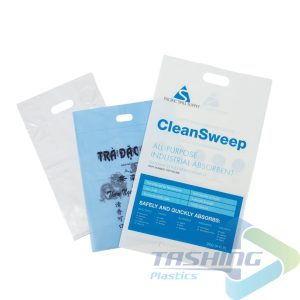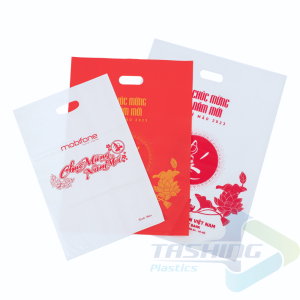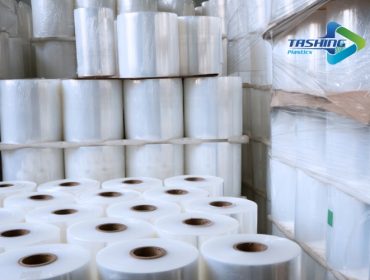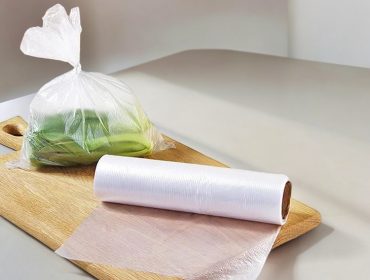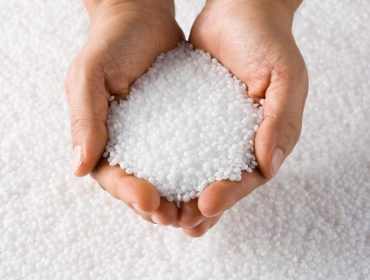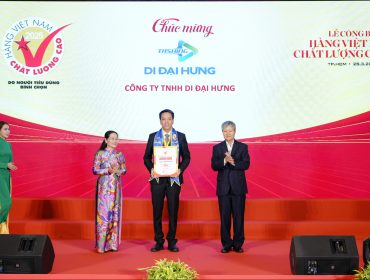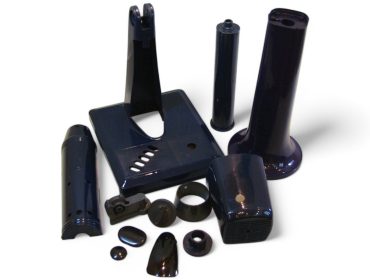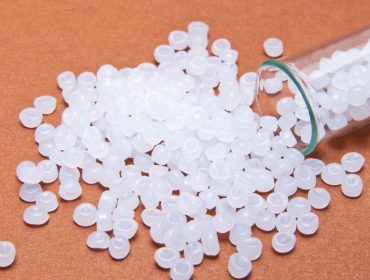Die-cut handle plastic bag – A Convenient Packaging Solution
29/03/2025The die-cut handle plastic bag is a type of bag with a handle shaped like a mango seed. This design makes it easy for users to hold and carry. Not only is this design functional, but it also provides comfort, especially when carrying multiple items or traveling for extended periods. Die-cut handle plastic bags are commonly seen in convenience stores, supermarkets, traditional markets, and promotional events due to their ability to display customized logos or messages.
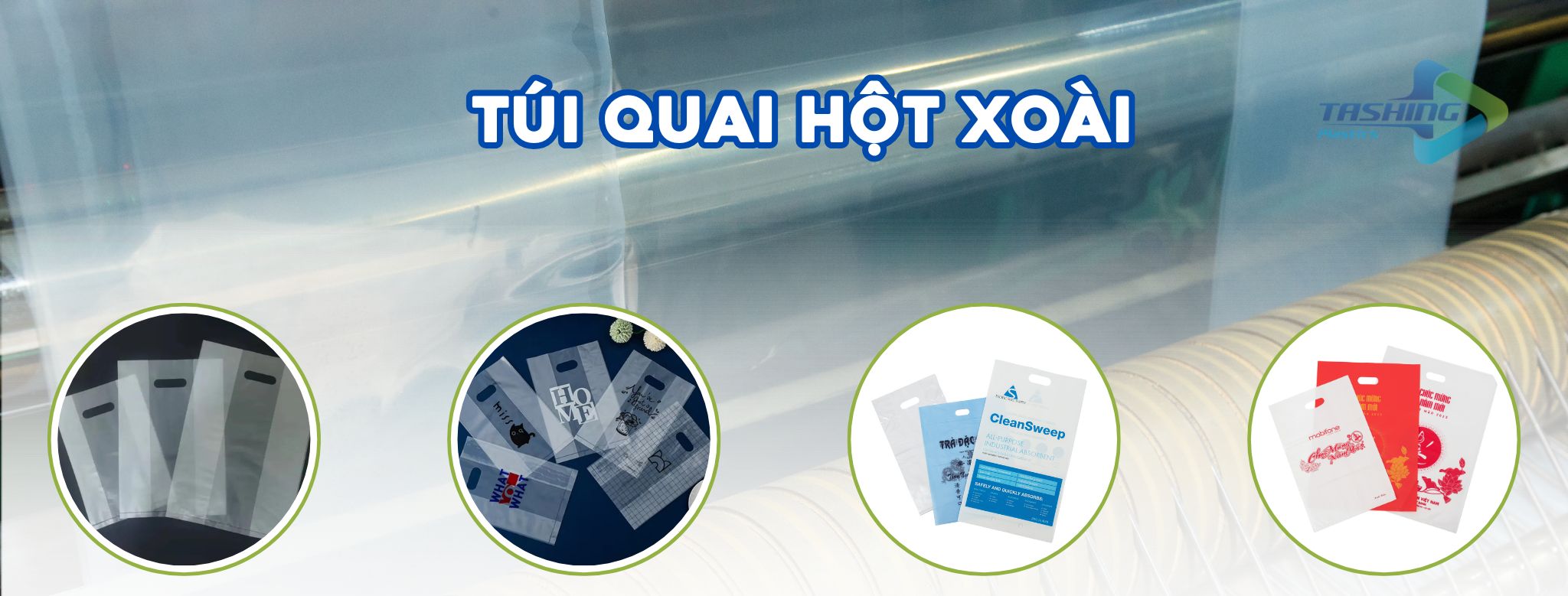
In addition to its convenience, the die-cut handle plastic bag also offers versatility in size, color, and material — ranging from compact bags for accessories to large ones capable of carrying heavy goods. This flexibility has made die-cut handle plastic bags an essential part of modern life and a top choice for businesses seeking to combine functionality with aesthetics.
Types of Die-Cut Handle Plastic Bags
Die-cut handle plastic bags are made from various materials, each with unique characteristics and specific applications to suit different usage needs. Below is a detailed analysis of each type for better understanding:
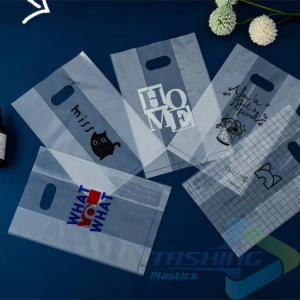 PE Bag (Polyethylene):
PE Bag (Polyethylene):
-
Material: Made from polyethylene plastic, a common flexible plastic used in packaging.
-
Features: PE bags have a soft and flexible surface, often with a glossy finish and are either transparent or milky white. Their thickness can vary from thin (under 30 microns) to medium (around 50 microns), depending on the intended use.
-
Advantages: This is the most cost-effective option among plastic bags, easily produced in bulk, lightweight, and convenient for folding. PE bags are also suitable for printing, making them ideal for adding logos or simple designs.
-
Disadvantages: PE bags have limited durability, making them prone to tearing when carrying heavy or sharp objects. They are also sensitive to high temperatures and may deform when exposed to heat.
-
Applications: PE bags are ideal for lightweight products such as clothing, dry foods (candies, vegetables), or small accessories like jewelry and wristbands. They are commonly used in fashion stores or small food stalls.
-
Common Sizes: 15x25cm (small), 20x30cm (medium), 25x35cm (large).
HD Bag (High-Density Polyethylene)
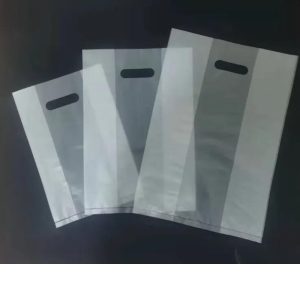
- Material: Made from high-density polyethylene (HDPE), a plastic that offers greater stiffness compared to standard PE.
- Features: HD bags have a firm texture, are less glossy, and typically come in opaque colors such as black, blue, red, or milky white. They are known for their sturdy structure, with thickness ranging from 40 to 60 microns, providing a solid and stable feel when held.
- Advantages: HD bags offer better load capacity than PE bags, making them suitable for carrying medium to heavy products. They are also less prone to stretching and maintain their shape well when filled.
- Disadvantages: However, HD bags are less flexible than PE bags and can become brittle or tear easily when exposed to sharp objects or sudden pressure. Their low gloss finish makes them less preferred for high-end aesthetic purposes.
- Applications: HD bags are commonly used in supermarkets, hospitals, or fresh food stores (e.g., meat, fish). They are also ideal for holding small electronic devices or products with substantial weight.
- Common Sizes: Typical sizes include 25x35cm, 30x40cm, and 35x50cm, meeting the needs for larger storage capacity.
PP Bag (Polypropylene):
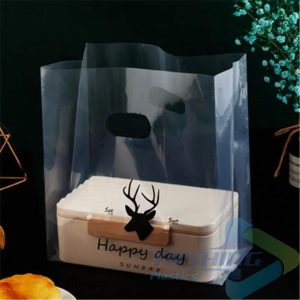
- Material: Made from polypropylene plastic — a premium plastic known for its exceptional durability.
- Features: PP bags have a smooth, glossy surface with excellent transparency or vibrant color options such as red, yellow, and blue. Their thickness typically ranges from 40 to 70 microns, providing a sturdy and elegant feel.
- Advantages: PP bags are highly durable with strong load-bearing capacity. Their smooth surface allows for sharp, detailed printing, making them ideal for showcasing logos or intricate designs.
- Disadvantages: PP bags have higher production costs compared to PE and HD bags, making them less suitable for temporary or large-scale use with budget constraints.
- Applications: Ideal for premium products such as cosmetics, gifts, or display items at events and trade fairs. PP bags are also a popular choice for brands seeking to enhance their professional image.
- Common Sizes: 20x30cm, 25x35cm, 30x40cm — often designed in compact sizes to enhance visual appeal.
Paper Bag:

- Material: Made from materials like Kraft paper, Couche paper, or recycled paper, depending on the intended use.
- Features: Eco-friendly with either a matte or glossy finish depending on the paper type. Paper bags offer moderate stiffness, are easy to fold, and are often reinforced with handles for added durability. They also allow for versatile printing, from simple to complex designs.
- Advantages: Environmentally friendly, biodegradable, and recyclable. Paper bags convey a sense of elegance and modernity, aligning with green consumer trends.
- Disadvantages: Prone to tearing when exposed to water or excessive pressure, making them less suitable for heavy or sharp objects. They also tend to have higher costs than standard plastic bags.
- Applications: Commonly used in the fashion industry (for clothing, shoes), cosmetics, or gift shops. Paper bags are also an excellent choice for eco-friendly marketing campaigns.
- Common Sizes: 15x20cm (small), 25x35cm (medium), 30x40cm (large).
Comparison Table of Die-Cut Handle Plastic Bags:
| Type | Characteristics | Applications | Common Thickness |
|---|---|---|---|
| PE | Soft, flexible, glossy | Clothing, dry food | 30-50 microns |
| HD | Stiff, less glossy | Supermarkets, hospitals | 40-60 microns |
| PP | Glossy, durable | Premium products | 40-70 microns |
| Paper | Eco-friendly | Cosmetics, fashion | Varies by paper type |
Advantages and Disadvantages
Advantages:
- Convenience: The die-cut handle design provides easy grip, suitable for both personal shopping and bulk product transportation.
- Cost-effective: PE and HD bags offer budget-friendly options for frequent or large-scale use.
- Customization: Die-cut handle bags allow logo printing or unique designs, serving as an effective and economical marketing tool.
- Versatility: From food packaging to gift bags, these bags cater to various industries.
Disadvantages:
- Environmental Impact: Plastic bags like PE, HD, and PP decompose slowly and may cause pollution if not recycled properly.
- Limited Durability: Some bags (e.g., PE) tear easily when carrying heavy or sharp objects, while paper bags are vulnerable to moisture.
- Cost Variations: Premium options like PP or paper tend to be more expensive, which may not suit limited budgets or short-term use.
To address these issues, manufacturers are developing eco-friendly alternatives such as recycled plastic or biodegradable paper bags to minimize environmental impact.
How to Choose the Right Die-Cut Handle Bag
-
Identify Usage Needs:
- Lightweight products: For clothing, dry food, or small accessories, PE bags are ideal for their affordability and flexibility. Paper bags can also add aesthetic value.
- Heavy products: For items weighing 2-5kg like fresh food, electronics, or essentials, HD bags provide better durability. For enhanced strength, consider thicker PP bags.
- Brand Promotion: For displaying logos or custom designs, PP and paper bags excel, especially at events or upscale stores.
-
Choose the Right Size:
- Small sizes (15x20cm, 20x30cm): Suitable for accessories, cosmetics, or small gifts.
- Medium sizes (25x35cm, 30x40cm): Ideal for clothing, dry food, or common merchandise.
- Large sizes (35x50cm or above): Designed for bulky items like shoes or small household goods.
-
Material Selection:
- PE: Cost-effective for lightweight items or short-term use. Ideal for small shops or disposable needs.
- HD: Preferred for higher durability, especially for medium to heavy items.
- PP: Best for premium products, offering a sleek look and excellent print quality.
- Paper: Suitable for eco-conscious businesses or to create a modern, sophisticated impression.
-
Color and Design:
- Color Choices: Align color with your brand or product – white and transparent are common for PE bags, while black and blue are typical for HD bags. PP and paper bags offer diverse color options.
- Printing: To boost marketing efforts, consider printing logos, slogans, or contact information. PP and paper provide superior print quality, while PE and HD work best with simple designs.
- Style Enhancements: Paper bags can include fabric handles or ribbons for added elegance, while plastic bags often maintain a minimalist design.
-
Budget Considerations:
- Low-cost option: PE and HD bags are the most economical, especially for bulk orders.
- Mid-range option: PP bags cost more but offer durability and visual appeal.
- High-end option: Paper bags are the most expensive, especially with added handles or intricate printing, suitable for premium campaigns.
-
Thickness and Capacity:
- Thin (under 40 microns): Suitable for lightweight items but prone to tearing under heavy loads.
- Medium (40-60 microns): Balances cost and durability for general use.
- Thick (over 60 microns): Ideal for heavy or long-term storage needs, commonly found in premium PP or HD bags.
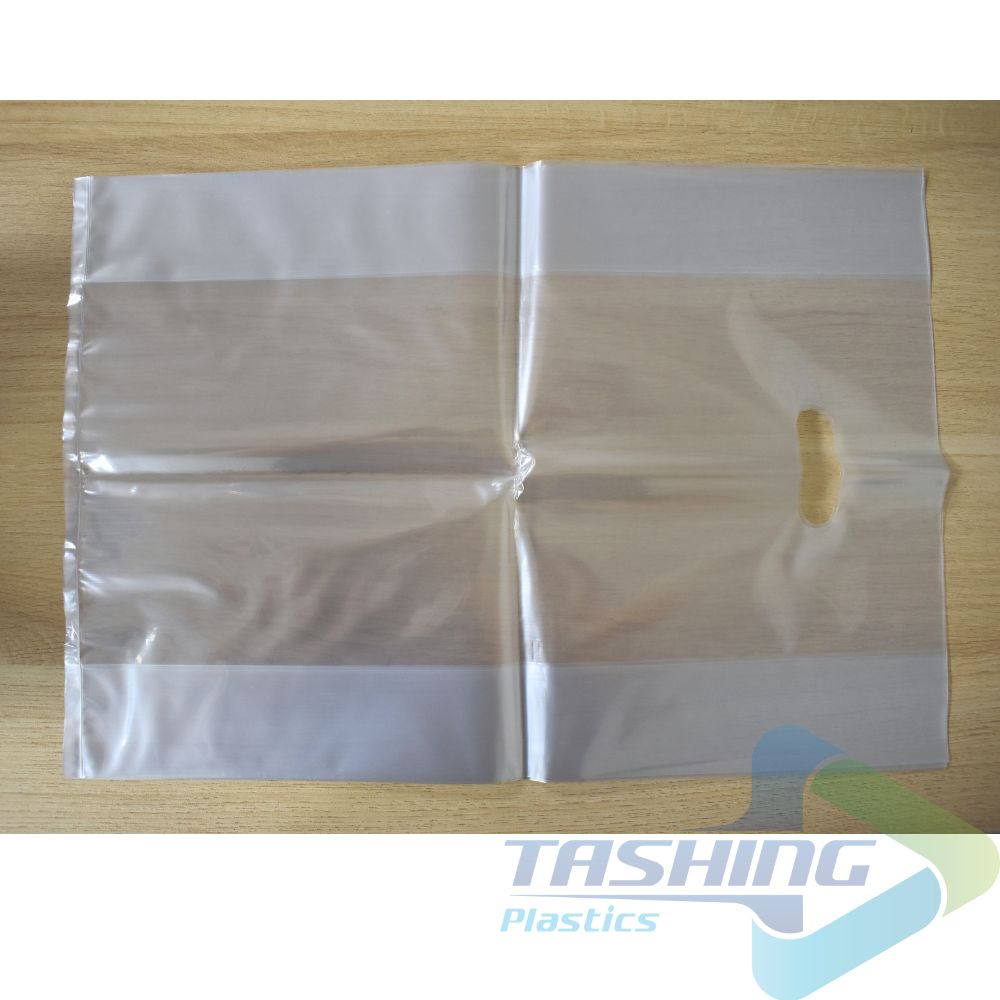 |
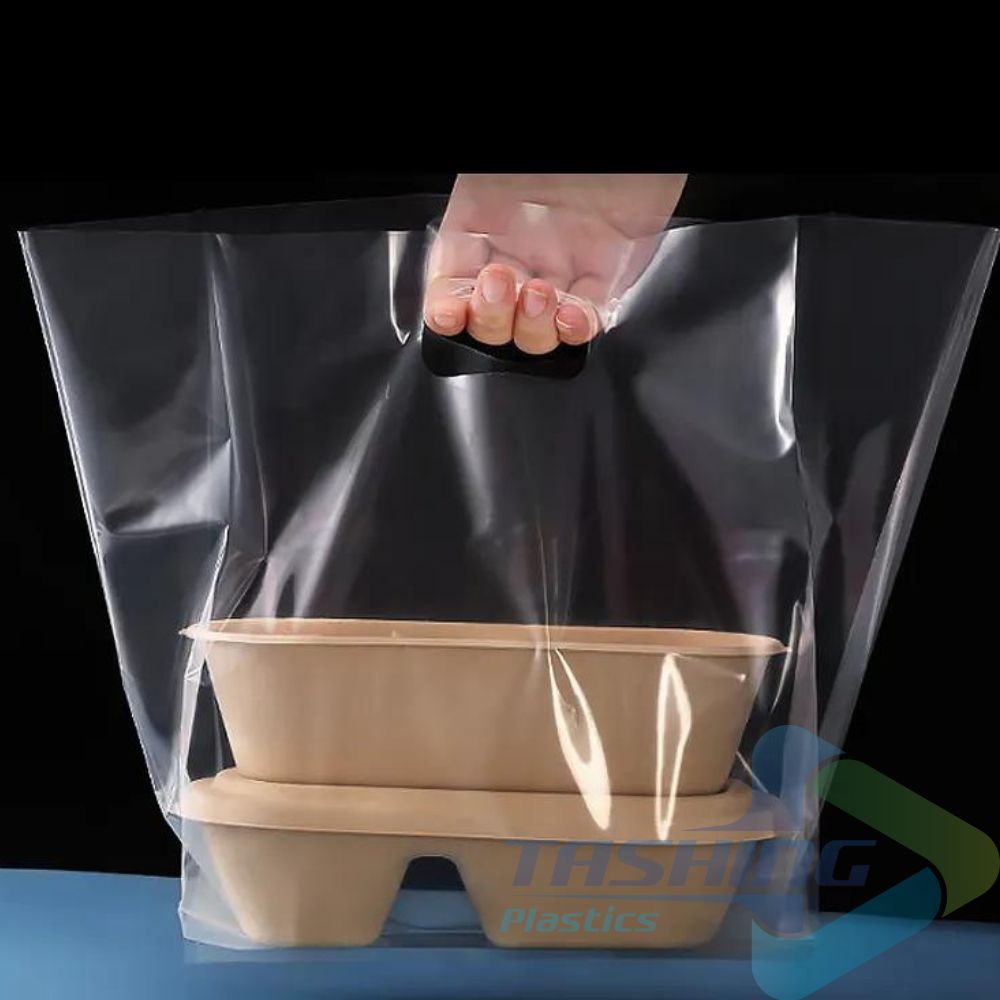 |
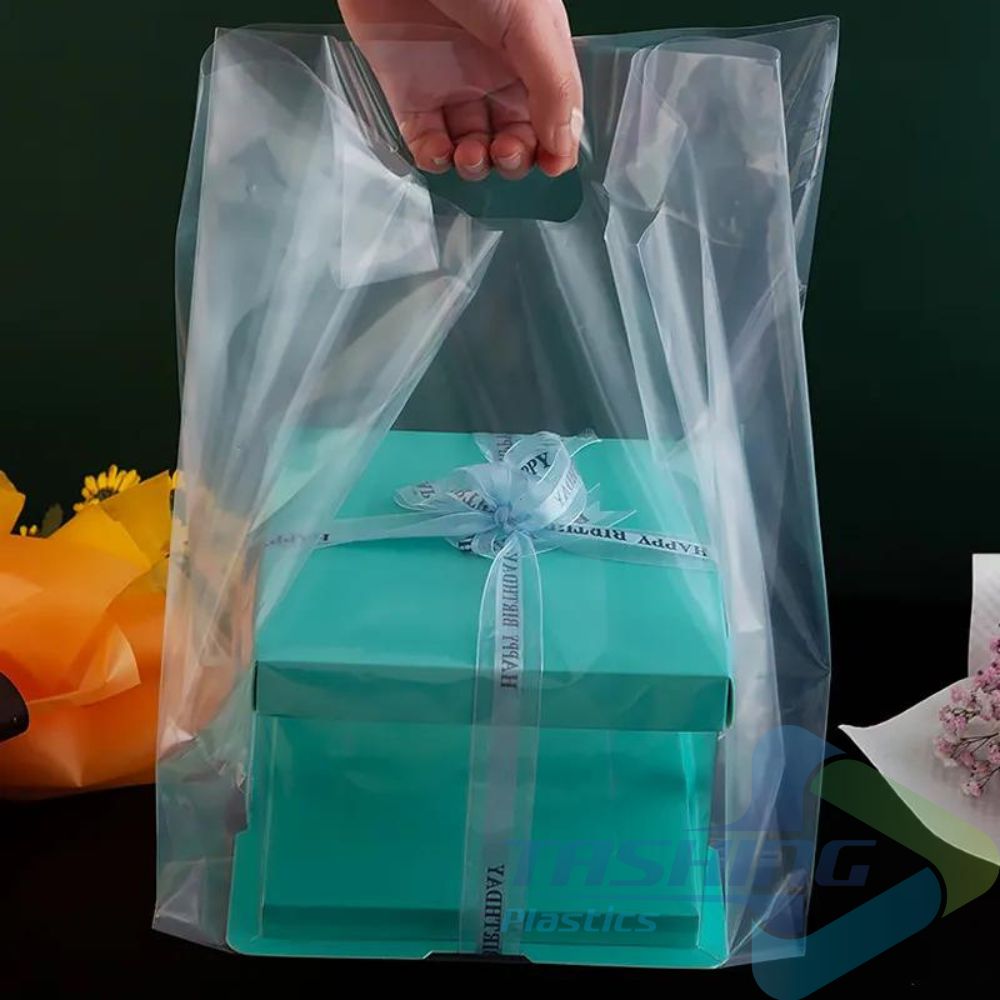 |
Introducing Tashing – A Trusted Die-Cut Handle Plastic Bag Manufacturer
Tashing was established in the 1980s and quickly established itself as one of the leading plastic packaging suppliers in Vietnam. With over 40 years of experience, the company owns a modern factory equipped with advanced production lines, ensuring high and consistent die-cut handle plastic bag quality.
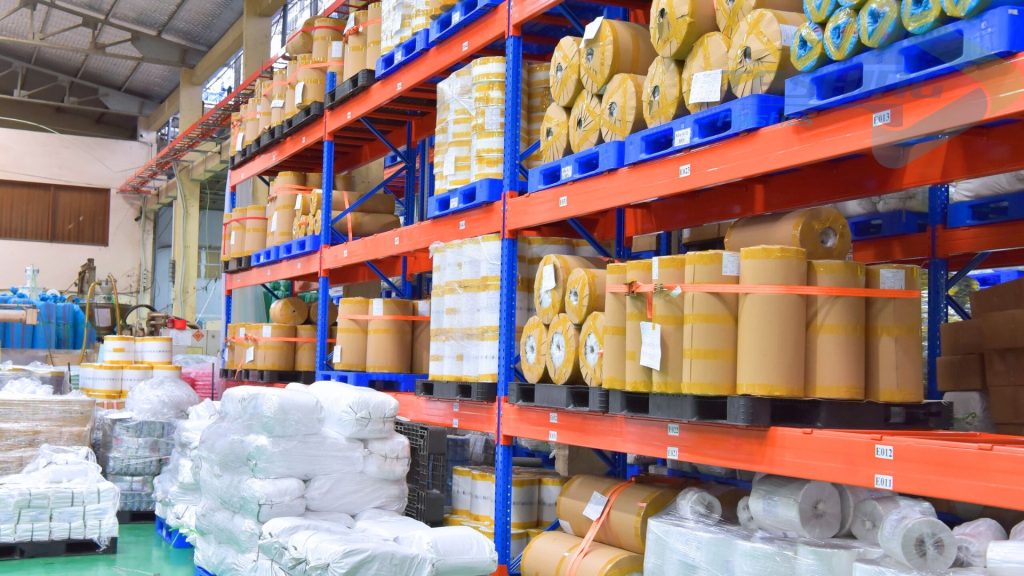
In addition to focusing on quality, Tashing also leads the way in developing environmentally friendly packaging products. The company has achieved the Eco-label certification by producing plastic bags that meet standards such as a thickness of 50 microns and containing at least 25% recycled plastic.
Tashing’s mission is to provide sustainable packaging solutions that meet diverse needs, from individuals to large businesses. With a professional team and dedicated service, Tashing has become a trusted partner of thousands of customers nationwide.
Conclusion
Die-cut handle plastic bags are an essential packaging solution in modern life, not only supporting personal shopping needs but also enhancing brand image. With a variety of materials, sizes, and designs, you can easily choose the most suitable bag for your needs — from cost savings, and improved durability to effective brand promotion.
Tashing takes pride in being a trusted manufacturer, delivering high-quality products and attentive service. If you are looking for die-cut handle plastic bags that are affordable, durable, or environmentally friendly, contact Tashing via the official website or call the hotline at 028 3960 5688 for consultation and orders today!
Frequently Asked Questions (FAQs)
What is a Die-cut Handle Plastic Bag?
This type of bag features a handle designed in the shape of a mango seed, making it very convenient for packaging and transportation. It is commonly used in retail and product promotion.
What is the most common material?
The main materials include PE, HD, PP, and paper. Each has unique characteristics suited for different purposes, such as holding light, heavy, or aesthetically demanding products.
Can logos be printed on the bags?
Yes, most die-cut handle plastic bags allow printing, especially those made from PP and paper, providing clear and professional print results.
Can die-cut handle plastic bags be reused?
This depends on the material — PP and HD bags are more durable and reusable, while PE and paper bags are often designed for single or short-term use.
How much do die-cut handle plastic bags cost?
Prices vary depending on size, material, and order quantity. PE bags are usually the most affordable, followed by HD and PP, while paper bags are typically the most expensive.
Which type of bag is the most environmentally friendly?
Paper bags and recycled plastic bags are considered the most eco-friendly options, especially if they are certified biodegradable or contain recycled materials.

